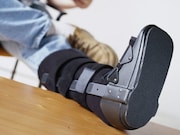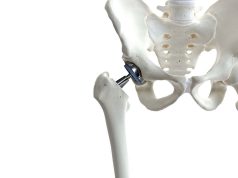Six-week assessment of risk, protective factors explains one-year functional, health outcomes
FRIDAY, Jan. 4, 2019 (HealthDay News) — During early recovery, patients with orthopedic trauma can be classified into risk and protective clusters that help to predict 12-month functional and health outcomes, according to a study published online Dec. 19 in JAMA Surgery.
Renan C. Castillo, Ph.D., from the Johns Hopkins Bloomberg School of Public Health in Baltimore, and colleagues evaluated prospective data from 352 patients treated for severe orthopedic injuries at six U.S. level I trauma centers. The authors sought to determine whether factors measured at six weeks after injury (combination of five risk factors and four protective factors) could classify individuals into risk clusters that would predict 12-month outcomes.
The researchers identified six distinct patient clusters that could be collapsed into four groups for clinical use. Outcomes worsened across the groupings, which sorted from low risk and high protection (best) to high risk and low protection (worst). At 12 months, mean Short Musculoskeletal Function Assessment dysfunction scores differed by 7.8 points between the best and second groups, by 10.3 points between the second and third groups, and by 18.4 points between the third and worst groups.
“Early screening and classification may allow a personalized approach to postsurgical care that conserves resources and targets appropriate levels of care to more patients,” the authors write.
Copyright © 2018 HealthDay. All rights reserved.








